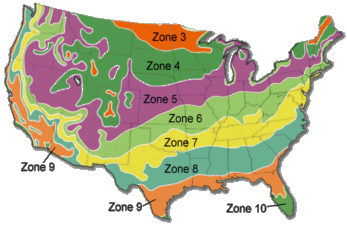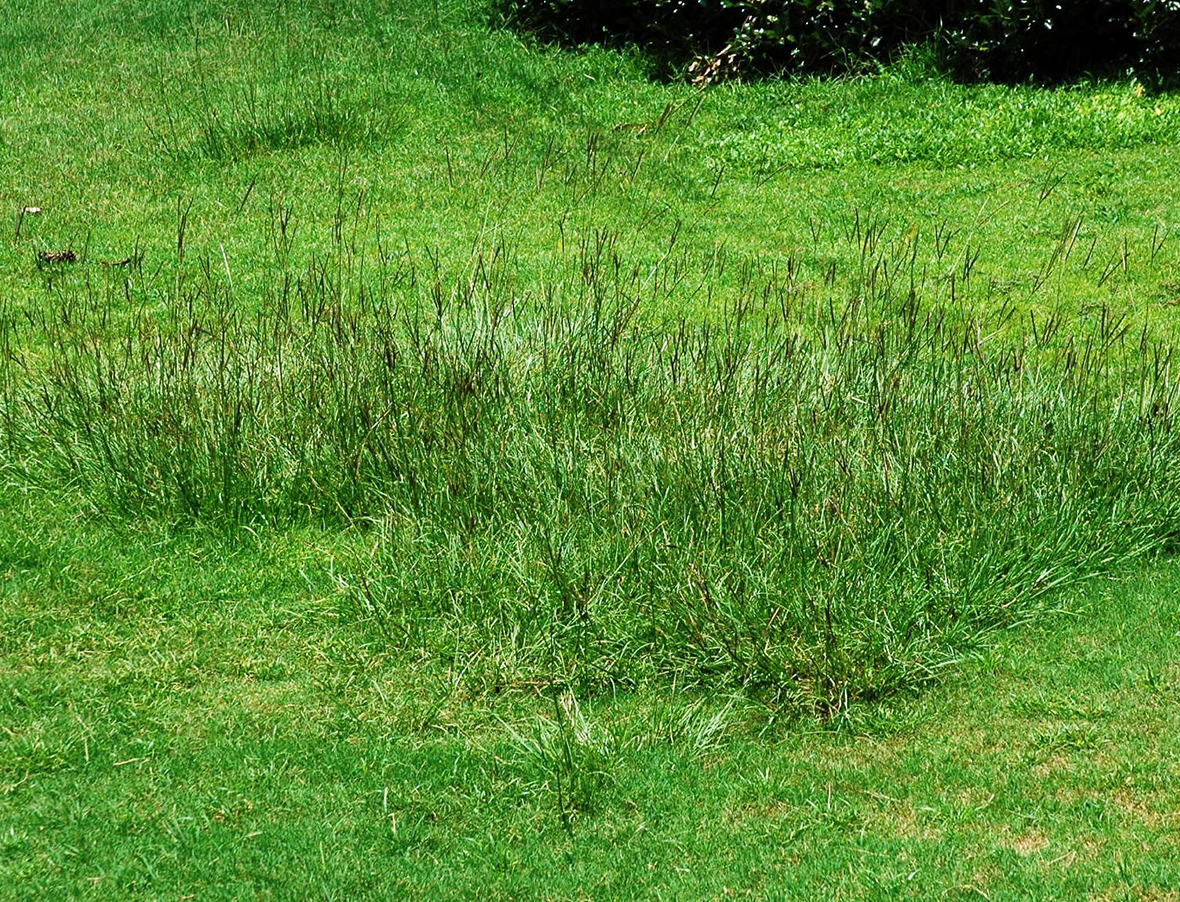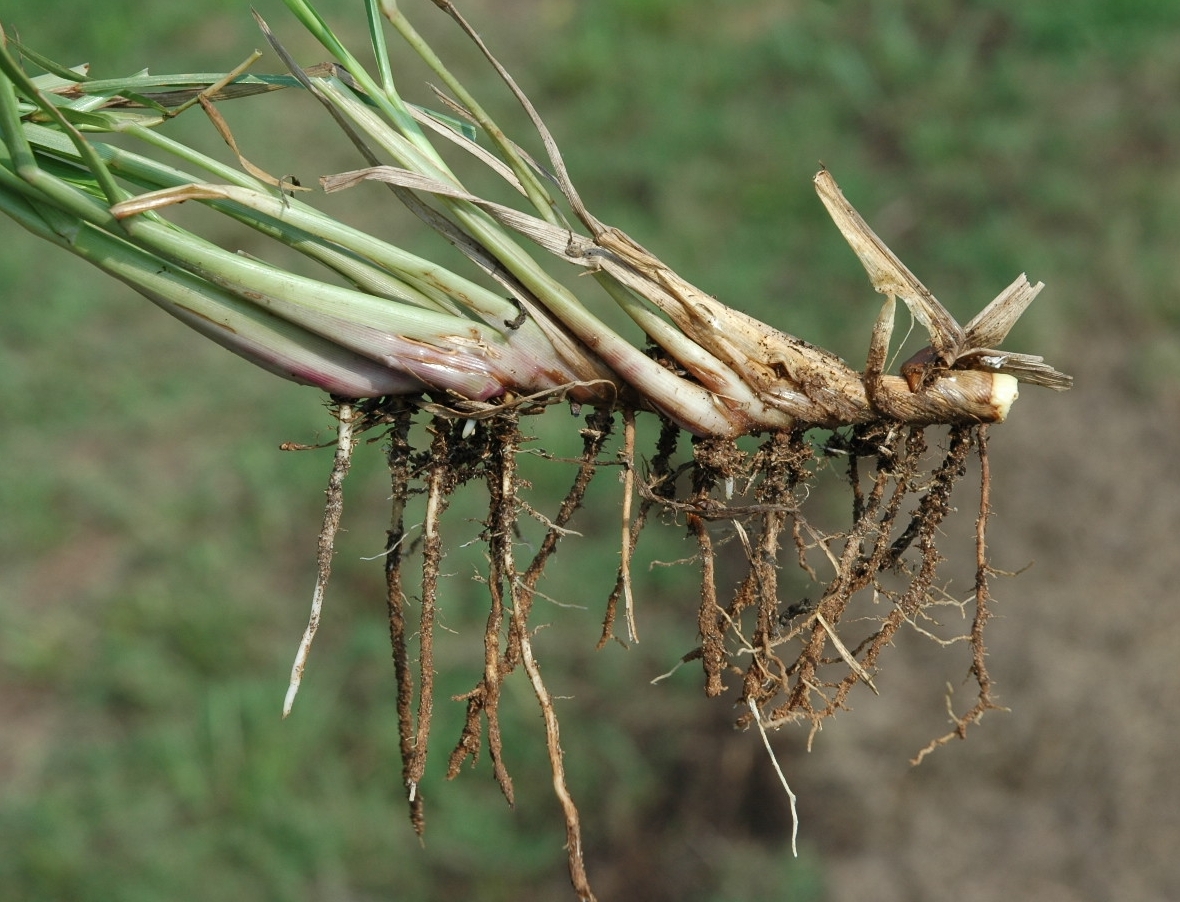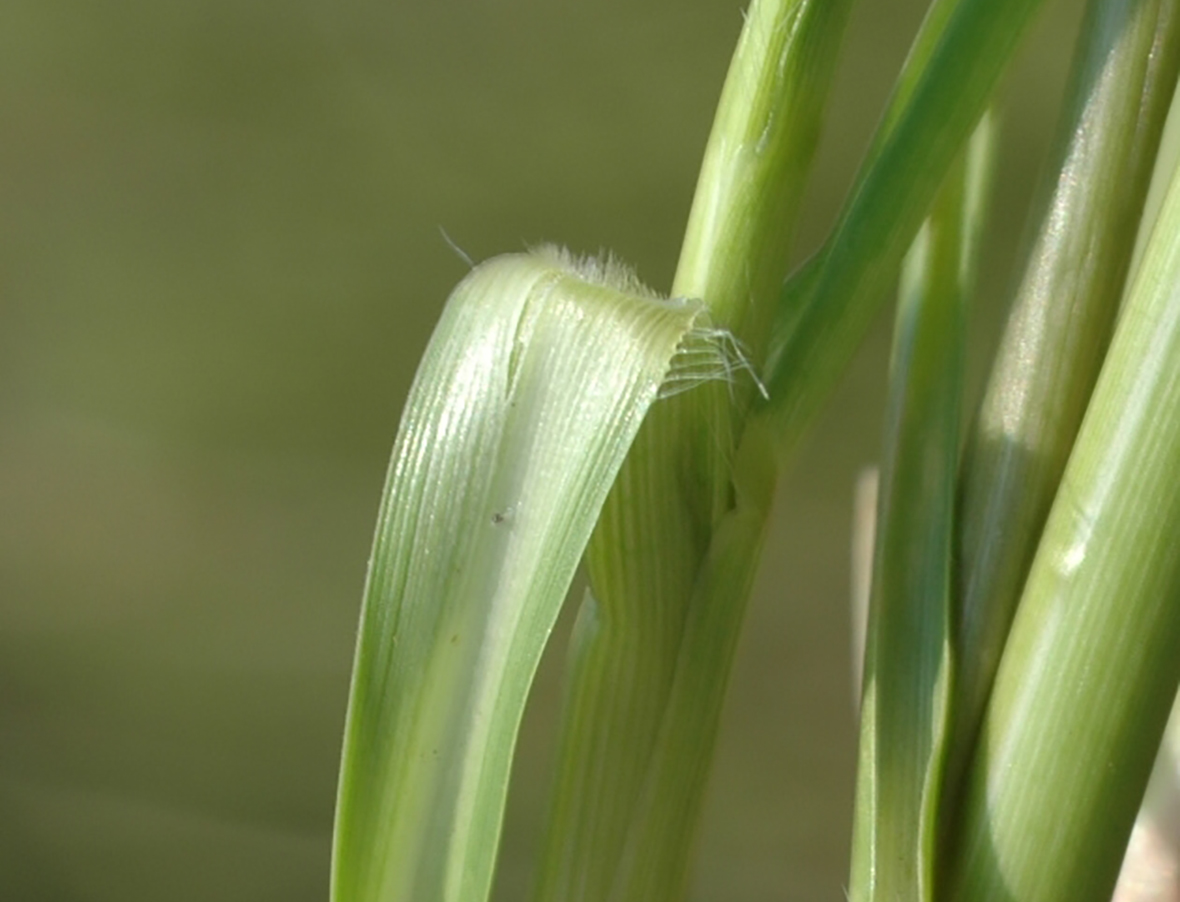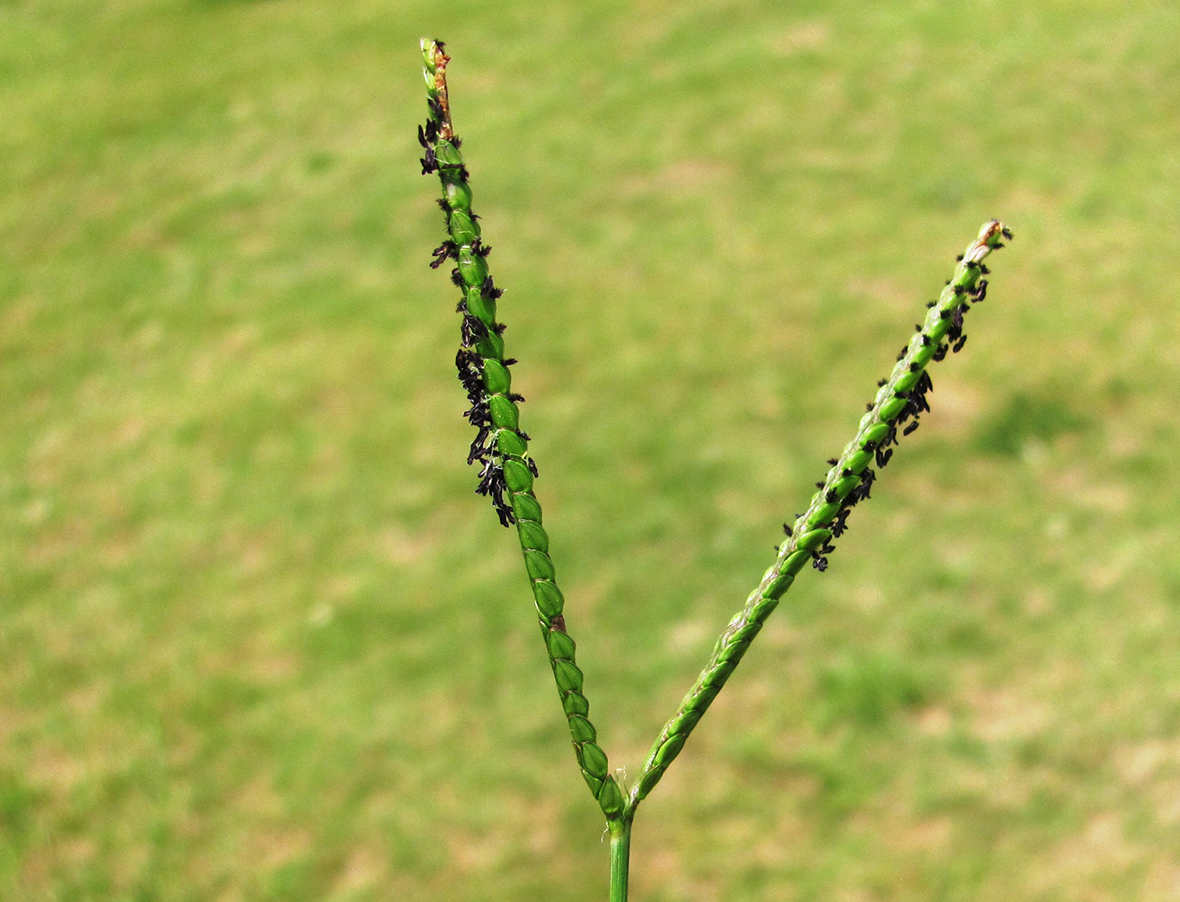Description
Bahiagrass, a coarse-textured warm-season perennial (C-4) which does not form a tight knitted turf. Bahiagrass has a rolled vernation, ligules which are membranous in nature with short hairs on the back of the ligule. Auricles are absent and the sheath is flattened. The leaf blades are coarse, light green in color, pointed at the tip and sometimes have hairs located near the base. The blades are typically folded near the base. Leaf blades are very fibrous and difficult to cut cleanly, causing them to fray and give turf a rough appearance. Bahiagrass has an extensive deep root system and is very drought tolerant. Bahiagrass is often identified by the distinctive "V" shape (see seedhead insert) created by the two slender spiked racemes (sometimes there are three, but not often) with two rows of oval seeds. The tall seed stalks are a problem due to their rapid growth and require constant mowing in fine turf. Bahiagrass produces seedheads from June through November. Bahiagrass reproduces from seed and from short rhizomes and stolons which are so stout they are almost woody. Since old leaf sheaths persist at the base, they tend to have a woody appearance as well. Introduced from Central and South America as a forage grass in the early 1920's. Fine turf areas, roadsides and pastures are easily invaded by this aggressive plant. Bahiagrass is found along coastal states from southern Virginia to Texas and in California.
Weed Photos: Courtesy of Dr. Lambert McCarty. Clemson University. Clemson, SC.
Herbicide Use
Mid-summer is the optimum time for a post-emergence application of metsulfuron to control bahaigrass which has invaded bermudagrass. For renovation of areas containing bahiagrass, use a glyphosate product.
Distribution
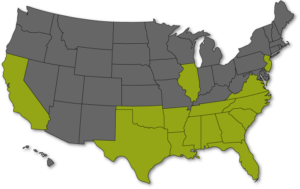


Germination Dates
